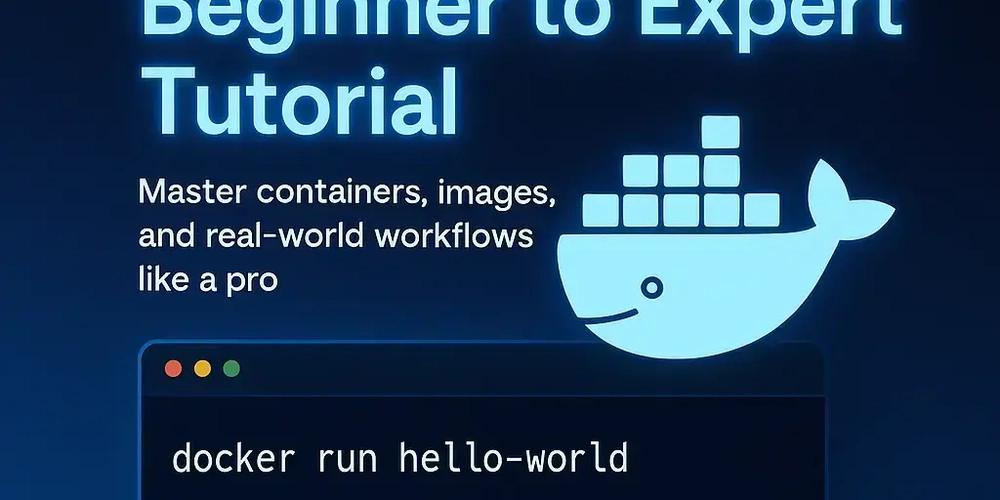Dev
1M
248

Image Credit: Dev
The Only Docker Guide You’ll Ever Need (Beginner to Expert)
- Docker simplifies packaging apps with code, libraries, and tools into portable units called containers.
- Containers are lightweight, fast, and use less system resources compared to virtual machines.
- Key Docker commands include docker ps, docker stop, docker images, and docker exec.
- Understanding the difference between images and containers is crucial for Docker proficiency.
- Dockerfiles are used to create custom Docker images, with layers aiding in efficient image building.
- Best practices include using .dockerignore, tagging images, and avoiding running containers as root.
- Volumes in Docker ensure data persistence, networks facilitate container communication, and Docker Compose simplifies multi-service app management.
- Developers utilize Docker for consistent environments, CI/CD pipelines, and real-time testing.
- Multi-stage builds, Docker Swarm, Kubernetes, security practices, and tools like Trivy are advanced Docker concepts.
- Common beginner mistakes include using :latest tags, forgetting .dockerignore, running containers as root, and not cleaning up regularly.
Read Full Article
14 Likes
For uninterrupted reading, download the app